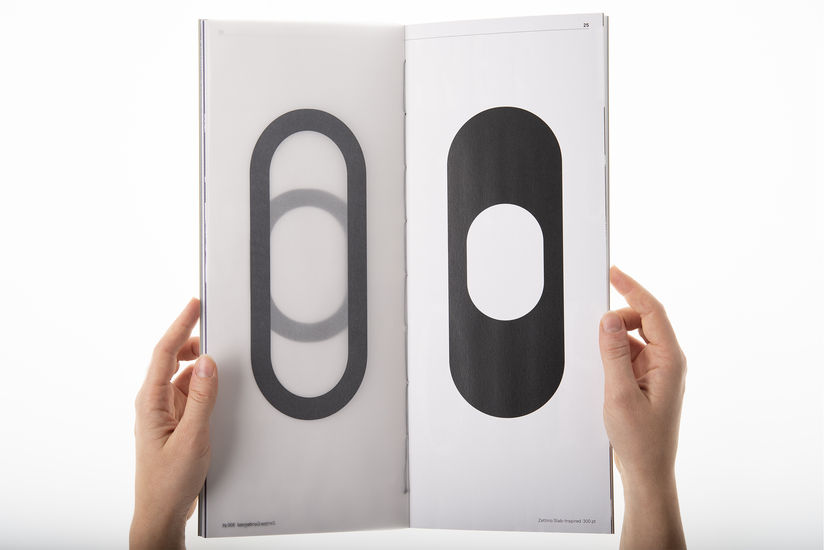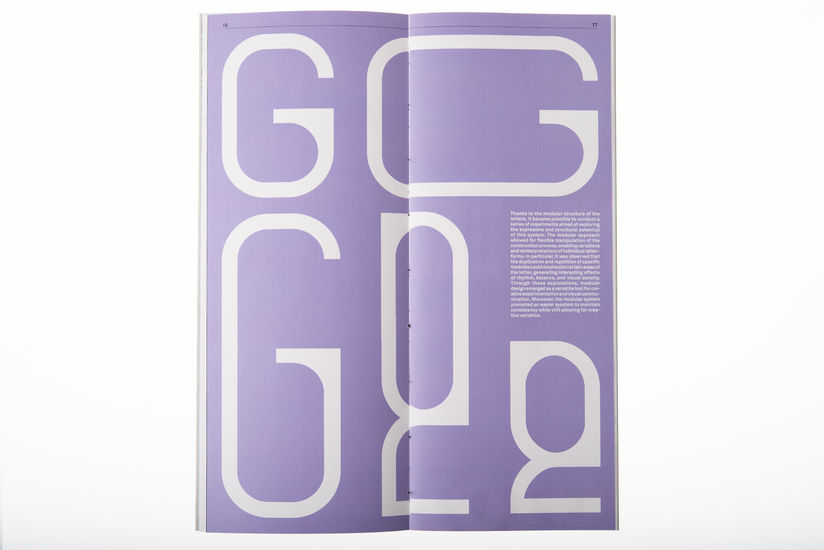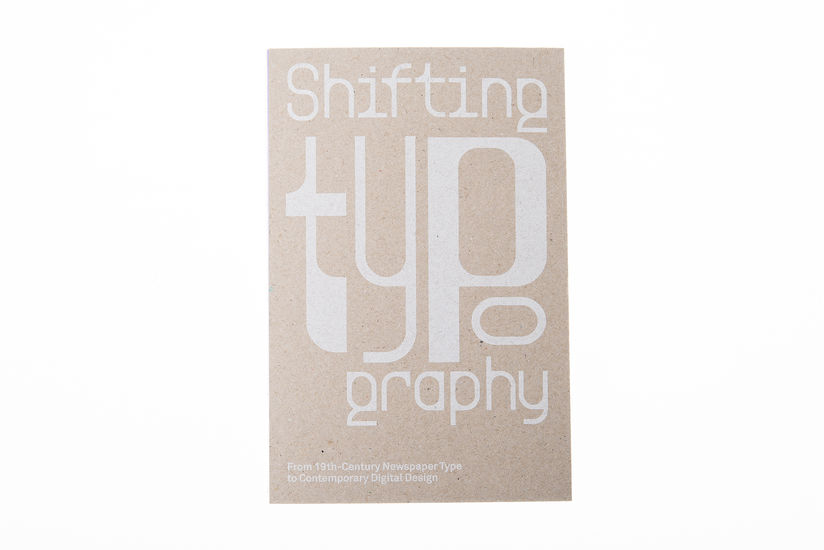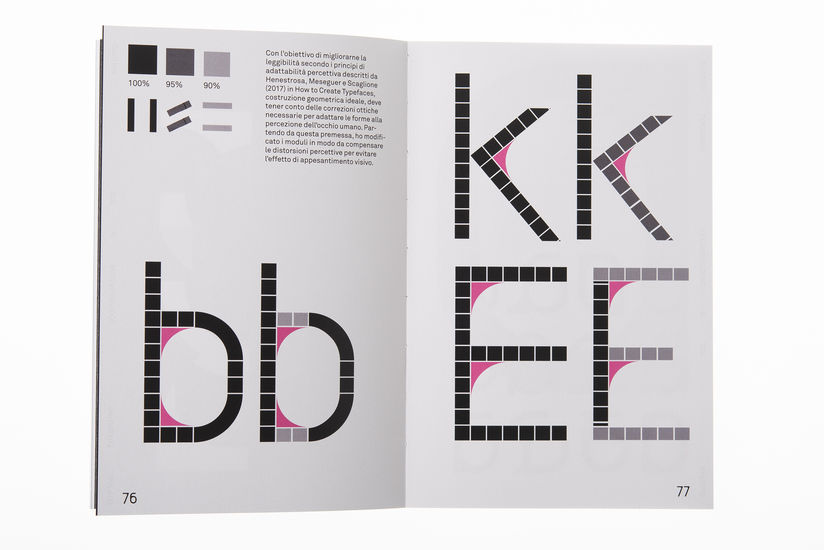Shifting Typography: From 19th-Century Newspaper Type to Contemporary Digital Design
Rachele Cimarosto
This project analyses the original typography of Il Gazzettino (1887–1907) as the starting point for a design reflection on the critical reinterpretation of historical sources in contemporary practice. The decision to start from the archive is part of a broader reflection on contemporary typographic design: today, designing digital fonts means engaging with history with the aim of recognizing its cultural value and generating new possibilities within the digital landscape.
Founded in Venice in 1887, Il Gazzettino marks a key moment in the journalistic landscape of north-eastern Italy, where, in the absence of images, typography took on a narrative function, actively engaging the reader's attention. Through in-depth archival research, the typographic approaches adopted between the late 19th and early 20th centuries, a period of intense experimentation linked to the birth of mass communication, are analyzed.
The research investigates the serifs, significant elements of visual memory, which guided the creation of a modular system and ultimately the design of a new typeface. Originally conceived as a sans serif, the project gradually evolved into a variable font allowing dynamic transitions that recalled the more radical “slab” typographic interventions observed in the historical source.
Through this transition from archive to digital experimentation, the project redefines the role of historical typography within contemporary practice. By translating Il Gazzettino’s engaging visual language into a variable digital font, it demonstrates how archival material can form new typographic models that remain both historically grounded and forward-looking.
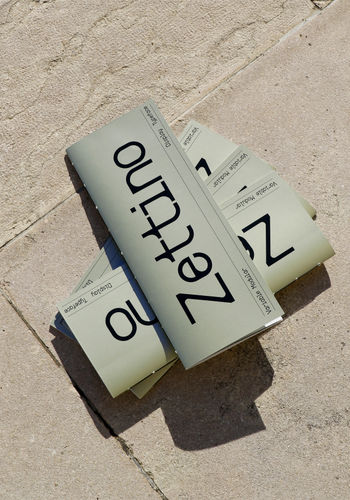
Zettino_specimen




